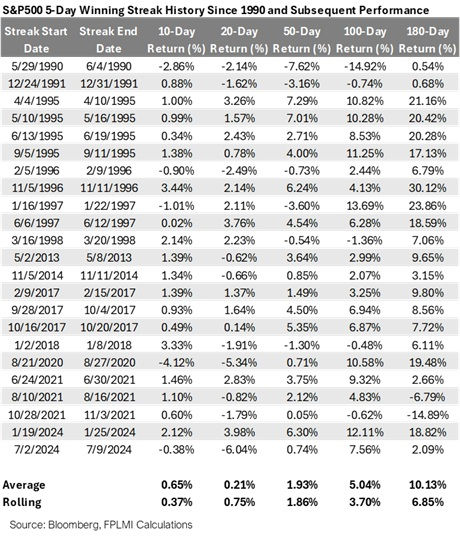Top 5 Themes from the April 2025 Federal Reserve Beige Book: A Turning Point in U.S. Economic Sentiment
- Caleb S
- Apr 23
- 2 min read
The Federal Reserve’s latest Beige Book paints a nuanced picture of the U.S. economy as businesses confront rising uncertainty. While national activity was described as “little changed,” a deeper read reveals five dominant themes shaping sentiment and decision-making across sectors.
1. Tariff Uncertainty Freezes Investment and Planning
Across all twelve Federal Reserve districts, the most common refrain was uncertainty. The shifting landscape of U.S. trade policy and the threat of new tariffs are reshaping how businesses operate:
Firms are halting capital expenditures due to unclear policy signals.
Ports and manufacturers are rushing orders to beat tariff deadlines.
Some retailers have shortened price guarantees to just 30 days.
Manufacturers are reassessing supply chains, considering domestic sourcing.
Uncertainty itself is acting as a tax on growth, regardless of actual policy.
Supporting Quote:
“What initially looked to be a mild impact had worsened and was forcing [us] to evaluate sourcing options.”
2. Consumer Spending is Slowing—Except Where Tariffs Spark Urgency
Consumer-facing businesses report tepid demand—except where fear of future price hikes is causing a rush to buy:
Spending is soft across apparel, furniture, and hospitality.
Restaurants and tourism are feeling pressure, especially from international declines.
Auto sales spiked in March as buyers pulled purchases forward.
Consumers are increasingly opting for value or bulk purchases.
Price sensitivity is rising across income levels.
Supporting Quote:
“Customers mostly limited their purchases to discounted items.”
3. Labor Market Cooling: Hiring Pauses and Selective Layoffs
While outright job losses remain limited, momentum is clearly slowing:
Employers are increasingly pausing hiring or limiting it to replacement roles.
Government-related layoffs are spreading to private contractors and adjacent sectors.
Wage growth is slowing, and employers are regaining leverage in negotiations.
Labor supply has improved slightly, but demand is weaker.
Some sectors (construction, agriculture) still cite labor shortages due to immigration policy.
Supporting Quote:
“The labor market door is about to slam shut... and consumer confidence and spending is going to plunge.”
4. Cost Pressures Are Rising, But Price Pass-Through Varies
Firms across industries are feeling the squeeze, but not all can push prices higher:
Tariff-related input costs are rising for metals, lumber, food, and electronics.
Some firms are adding surcharges; others fear losing customers if they raise prices.
Price volatility is leading to shorter contract horizons and delayed investments.
Retailers and wholesalers expect margin compression where price increases are resisted.
Food, insurance, and import-heavy goods have seen the most notable cost inflation.
Supporting Quote:
“Vendors were changing prices on a daily basis.”
5. Real Estate and Construction Hit by Affordability and Uncertainty
The spring housing season opened with mixed signals:
Builders face higher costs and a narrowing buyer pool, especially first-time buyers.
Commercial real estate leasing is uneven; new project starts are being delayed.
Office and multifamily construction are highly bifurcated—new builds see activity, older assets struggle.
Real estate sentiment is deteriorating, especially in markets with federal spending ties.
Higher mortgage rates and rising material prices are creating a dual affordability crunch.
Supporting Quote:
“It seems like there is no longer a first-time homebuyer market while million-dollar homes continue to sell.”




Comments